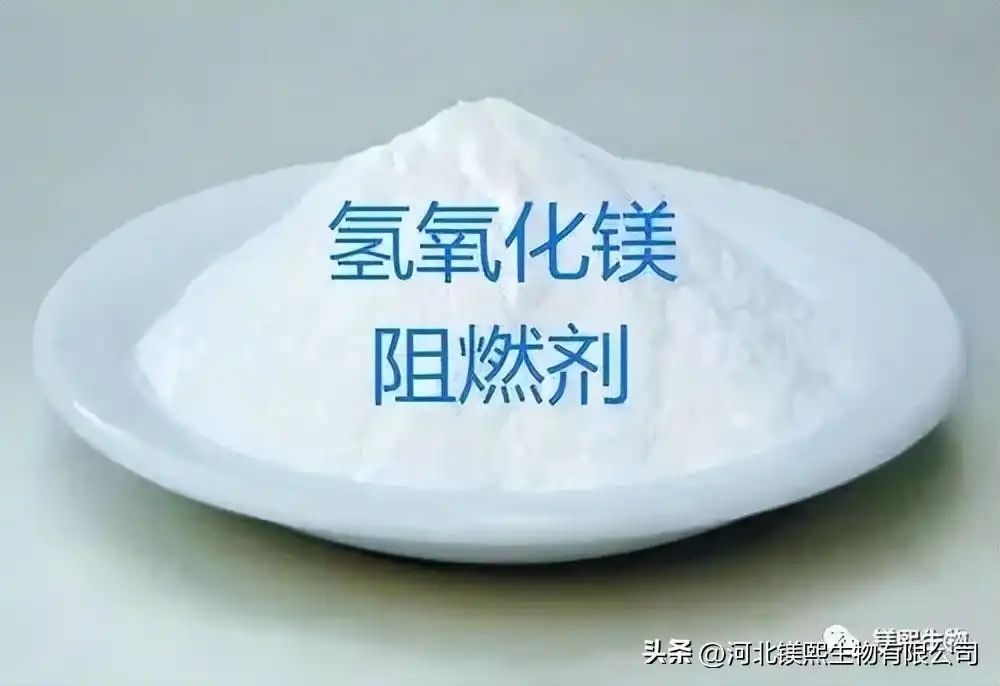Hebei Messi Biology Co., Ltd. stated that magnesium hydroxide is an important additive inorganic flame retardant, accounting for a large proportion of the entire flame retardant market and has a clear growth trend. Its advantages are high stability, low volatility, low smoke toxicity and low cost. The disadvantages are large filling volume, low bonding force with polymers, poor compatibility, and great influence on polymer processing and mechanical properties. Therefore, it is very necessary to modify the surface of magnesium hydroxide powder to improve its dispersibility in polymers. It has been found that the surface treatment method using low relative molecular weight coupling agents or surfactants is quite effective.
Aluminate coupling agent is an important surfactant. Usually they are light yellow to white in color, have high surface reactivity, high decomposition temperature, and are environmentally friendly. Aluminate coupling has two functional groups, hydrophilic and hydrophobic. The hydrophilic group can react chemically with the polar group on the magnesium hydroxide powder to graft the hydrophobic group on the powder, thereby greatly reducing the surface energy and improving the compatibility of magnesium hydroxide powder with polymers.

There have been a lot of reports on the surface modification of magnesium hydroxide. Commonly used modifiers include fatty acids and their salts, silane coupling agents and titanate coupling agents. Magnesium hydroxide was wet-surface modified with (3-oxobutyrate ethyl ester-O1’,O3) di(propanol-2-yl)aluminate coupling agent. The results showed that:
(1) Infrared spectroscopy, X-ray diffraction, thermogravimetric analysis, scanning electron microscopy, and energy dispersive spectrometer characterization results show that magnesium hydroxide was successfully modified with aluminate coupling agent and the modification did not destroy the structure of magnesium hydroxide crystals, but only acted on the surface of magnesium hydroxide. At the same time, it was found that the thermal stability of magnesium hydroxide was improved after modification. Wet-surface modification of magnesium hydroxide with aluminate coupling agent can improve the lipophilicity and dispersibility of the powder.
(2) Tests such as sedimentation time, oil absorption rate and suspension viscosity show that the dispersibility and compatibility of modified magnesium hydroxide powder in organic solvents are better than those of unmodified magnesium hydroxide powder.
(3) The optimal amount of aluminate coupling agent to modify magnesium hydroxide powder is 4% of its mass fraction. When the addition amount of aluminate coupling agent is greater than 4%, the modification effect of magnesium hydroxide powder does not improve, and the dispersibility and compatibility of magnesium hydroxide powder in organic solvents cannot be significantly improved.
